I found an interesting remark in the 555 timer contest description:
"Should have used a 555." It's mostly applied where a microcontroller and some code are used where a simple 555 circuit would have sufficed.... Maybe you turn the comment right back around and design a microcontroller based on 555s."
This sounds like a challenge! Let's see how far I get. Definitly should not use an NE555 (or 500 of them) for this.
Update: Success!
Click here to view project logs in order
NE555 logic is now proven to be functional in hardware. Check out the companion project.
 Tim
Tim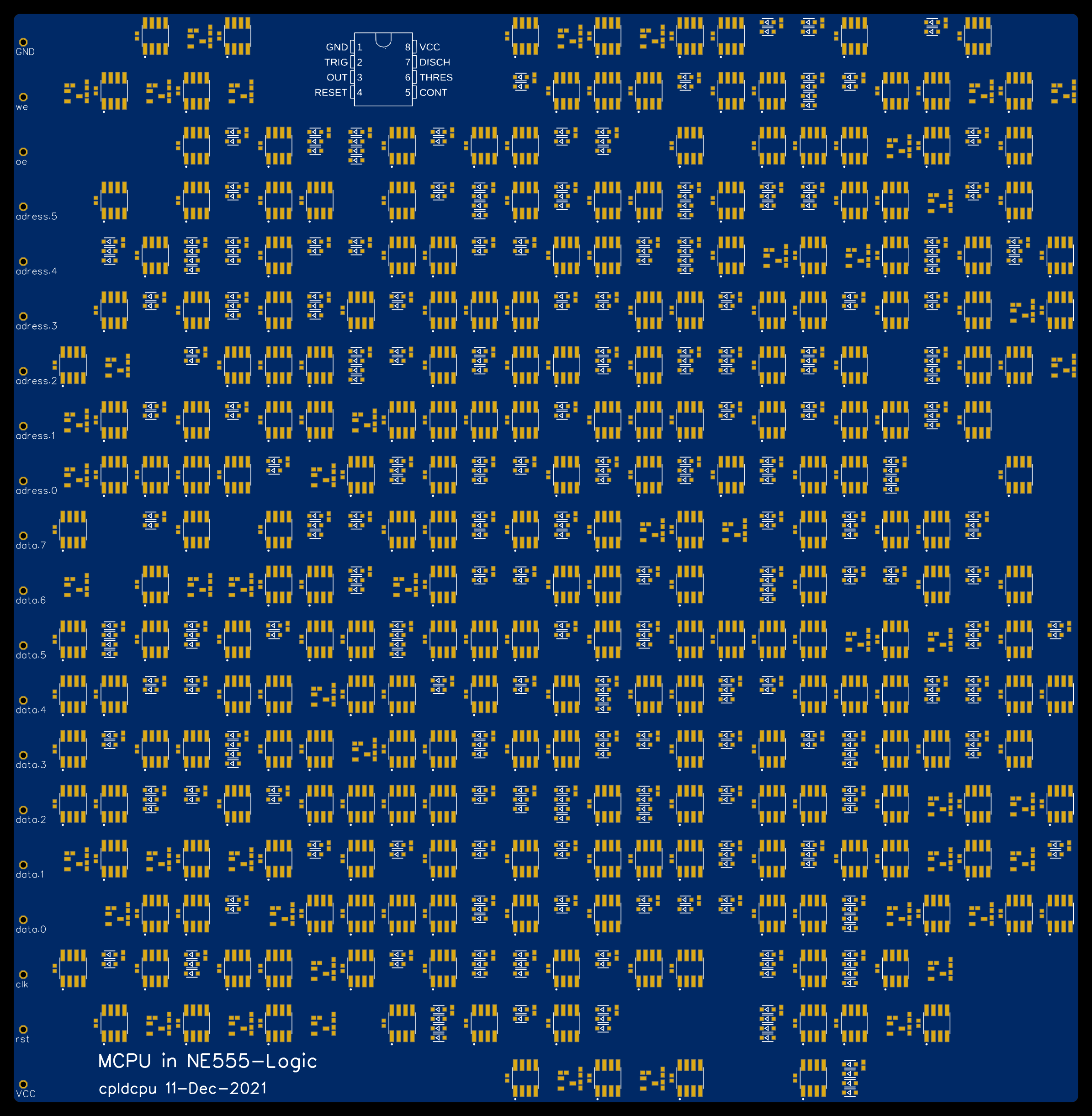

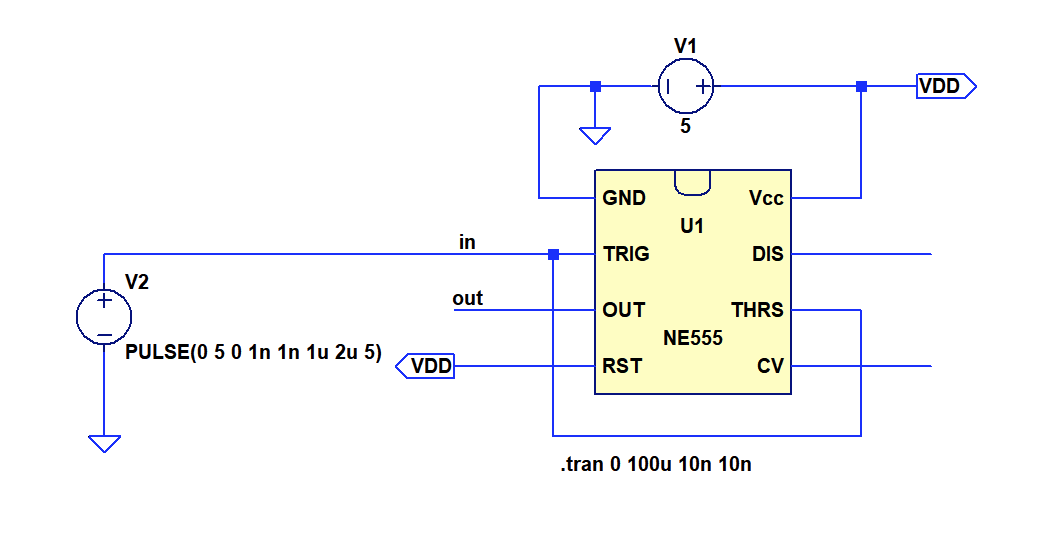
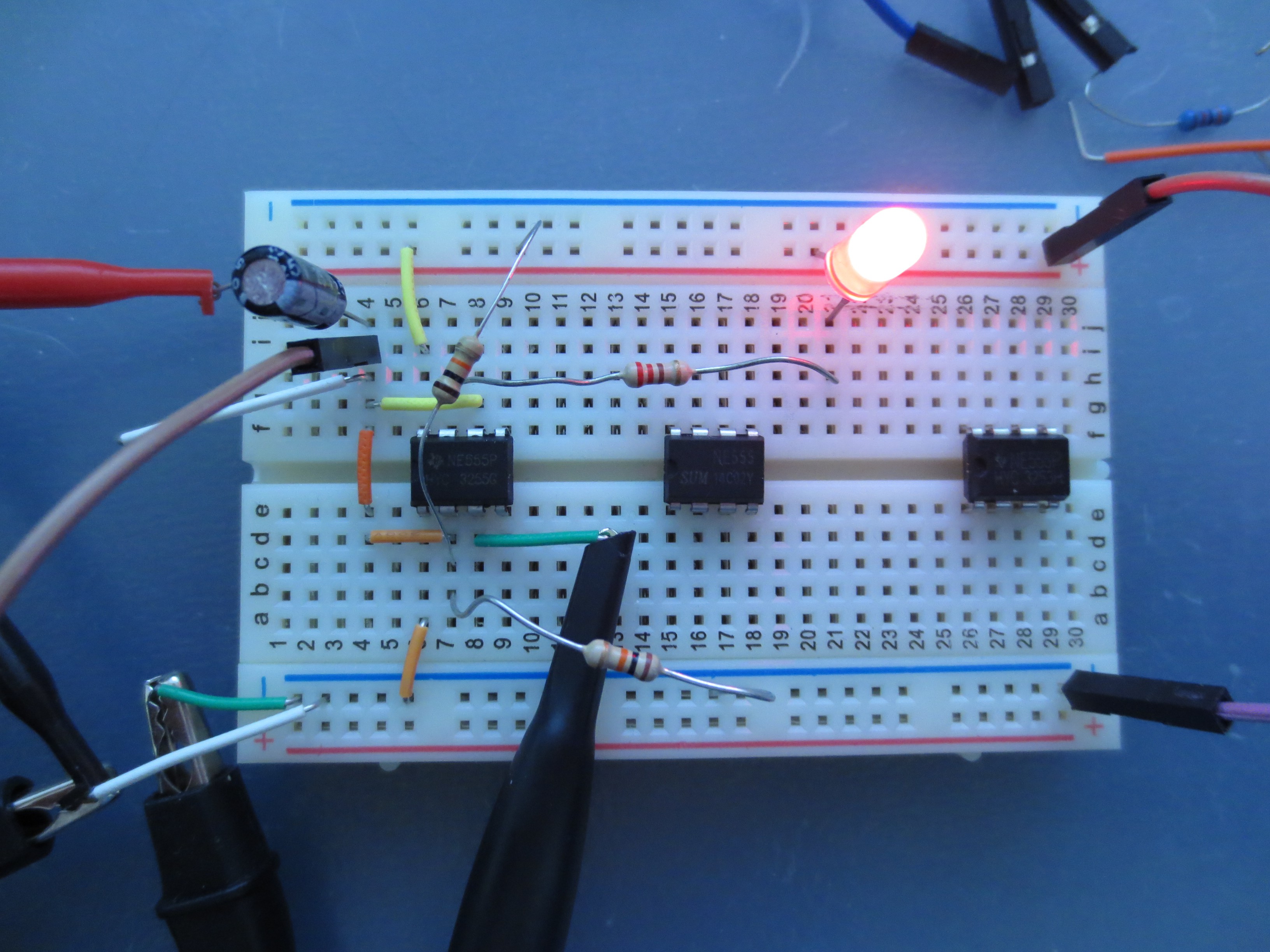
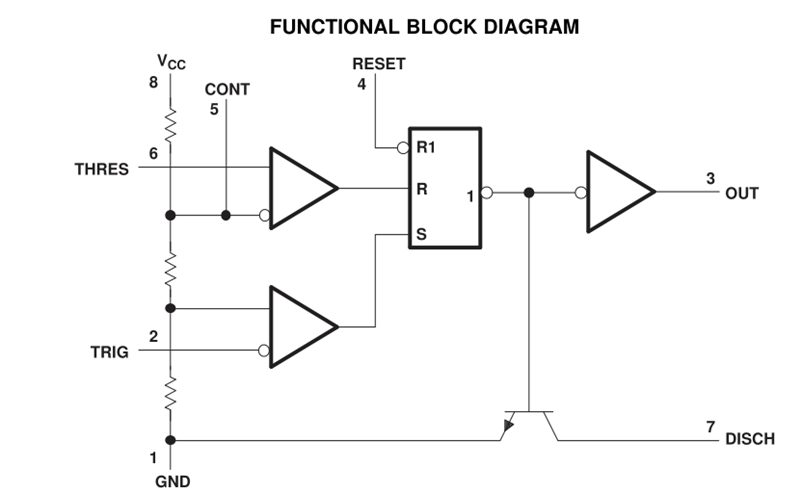

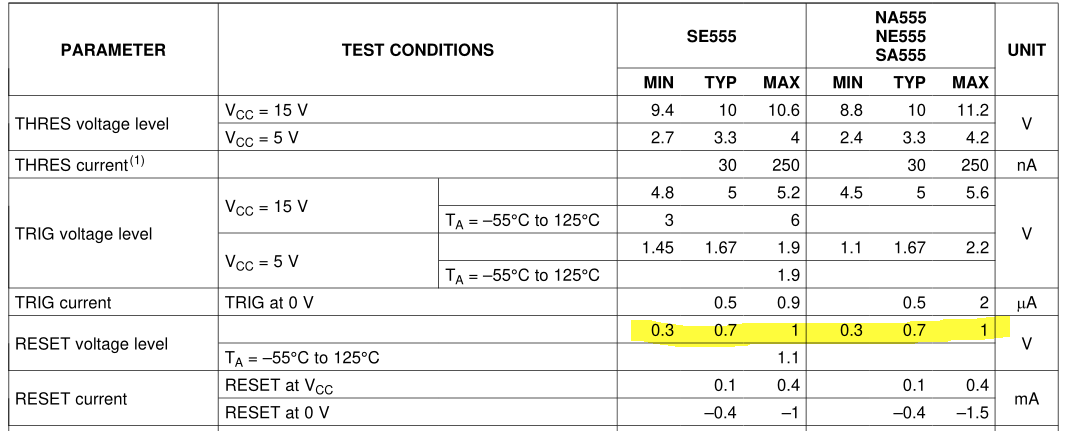



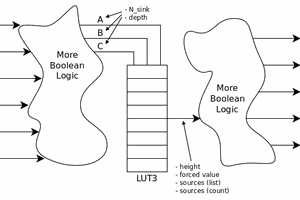
 Yann Guidon / YGDES
Yann Guidon / YGDES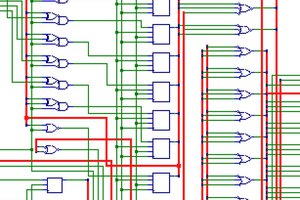
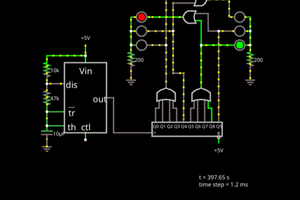
 Al Williams
Al Williams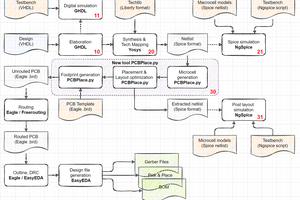
Hi @Tim ! would you share your .Liberty file for this amazing technology ? I don't find it in the .zip file :-/